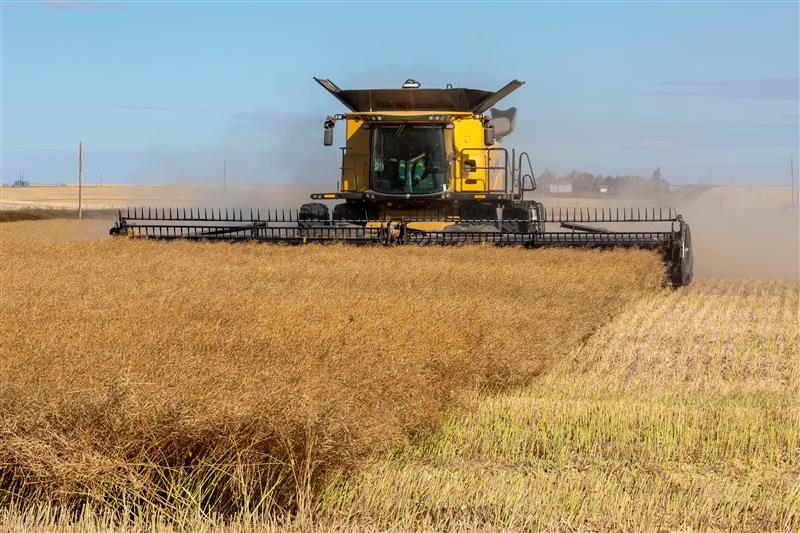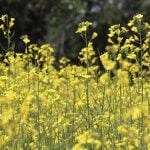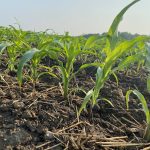There are many opinions on variable rate procedures and their benefits. There are also many ways to implement a variable rate strategy with different levels of involvement by the producer.
Unfortunately, there is no standard variable rate plan that works for every farmer. Farmers should customize their variable rate plans according to their operations. Some producers may see huge changes with just a variable rate nitrogen plan, while others may have to go more intensive and create a multi-product plan.
The benefits of a variable rate plan differ for every producer. Most farmers will economically benefit. This economic gain can be accomplished by creating the same crop yield with fewer crop inputs, therefore saving money.
Read Also

VIDEO: Green Lightning and Nytro Ag win sustainability innovation award
Nytro Ag Corp and Green Lightning recieved an innovation award at Ag in Motion 2025 for the Green Lightning Nitrogen Machine, which converts atmospheric nitrogen into a plant-usable form.
Another way to benefit economically is to redistribute the product across the zones in a way to generate more crop yield. You cash in on increased yields with the same amount of inputs as conventional methods.
On the rare occasion, a producer may find he needs to apply more products to his field to produce more crop yield and maximize profits. This becomes a management decision based on profit potential.
There’s a bell curve to follow when pushing more inputs into a crop to increase yield. You may be able to push in three percent more inputs, but if the output is only two percent it becomes less economical. The bell curve is one way to look at the risk versus the reward of increasing crop inputs.
A good variable rate strategy should also take into consideration the environmental benefits and consequences. With more precise product application, there will be less product leached into watersheds and the environment.
Land that may have been farmed with little or no productivity may now be zoned differently to generate an output beneficial to the farming operation. For example, a saline area can be zoned out, treated appropriately and used to produce hay.
There are many ways your business management practices can benefit from variable rate. Creating zones within a field can help determine what’s happening and where it’s happening in the field.
It can solve mysteries of why something always happens at a certain location, but not at others. It forces the manager to dig deeper into problem areas and provide solutions. The manager must also reassess his zones and the yield results from year to year and continually change the variable rate strategy to improve it.
VR usually only out-performs conventional strategies in optimal growing conditions. Keep in mind that frost, hail, pest infestation, drought, an exceptionally wet season or any yield-limiting events will skew results. Also, the degree in variation between zones will determine the degree of difference between a variable rate and conventional strategy.
When it comes to purchasing equipment, keep costs reasonable. When all costs of developing and implementing the variable strategy are considered, the net return may not be enough to cover the added expenses.
If you are implementing a highly intensive variable rate plan, then more extensive and possibly more complicated equipment may be needed. But, if you are just varying nitrogen in a simple one product variable rate plan, keep the components simple.
A good variable rate plan should include the use of check strips. This can be done in different ways. You can use a uniform rate check strip across the field at the rate you would have done conventionally or you can use a zero rate strip in the same manner. Another method is to set out gradually increasing rates across each zone, marking them out, and then scouting the field to assess which rate did the best job in each zone.
Whether you are just starting out with a handheld GPS making zones as you drive around your field or going to the other extreme of hiring consultants to analyze imagery, you should see some benefit from a well thought out variable rate plan.
Pamela Haegeman grew up on a farm at Swan Lake, Man. She has an agriculture diploma from Olds College, a GIS diploma from Assiniboine College and a geomatics degree from Brandon University. She is the GPS/GIS specialist for Mazur Group in Brandon and the Manitoba Zero Till Research Farm. She can be reached at phaegeman@yahoo.com.















